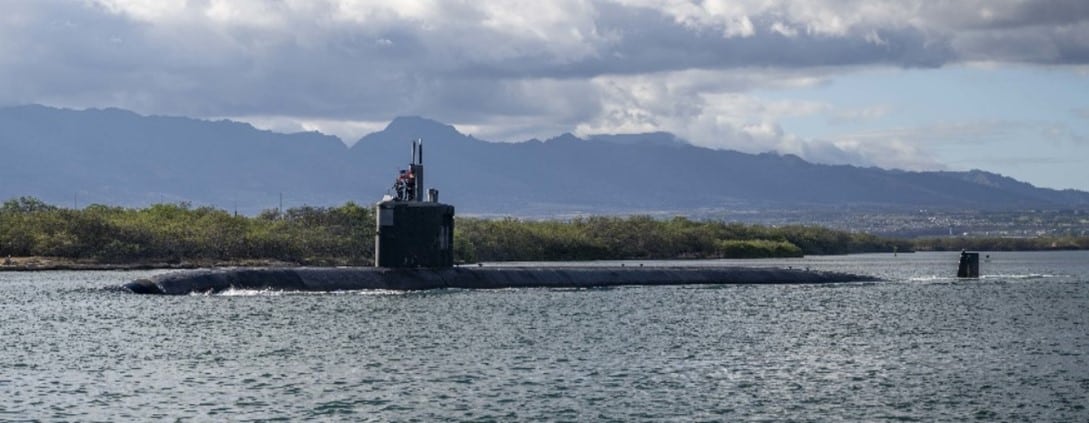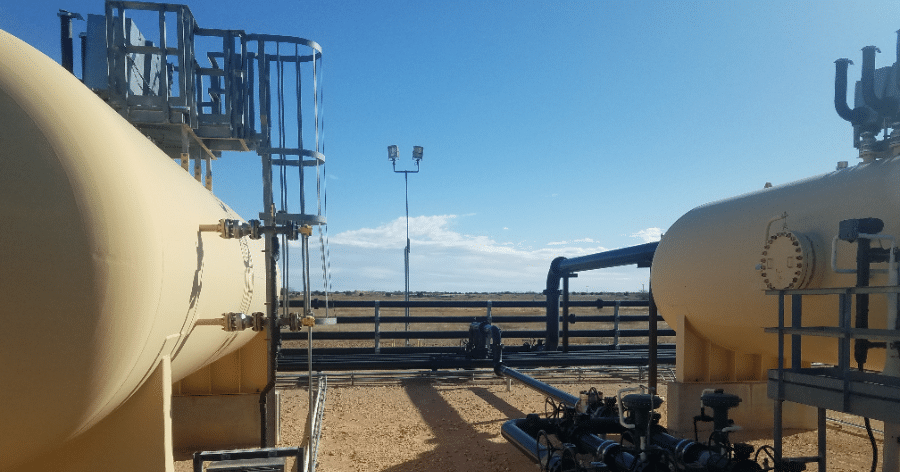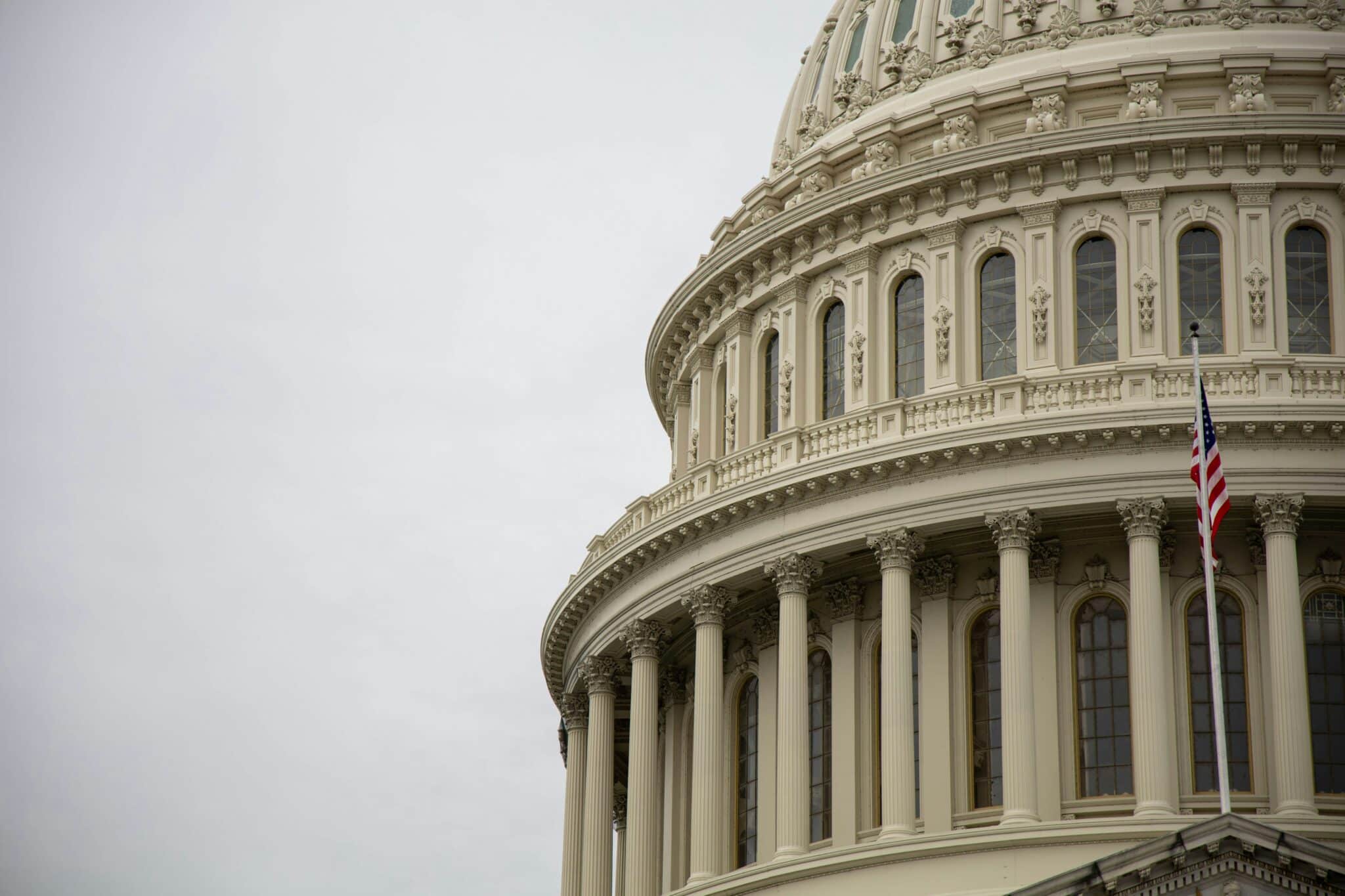Title XVII of the Energy Policy Act of 2005 authorized the Department of Energy (DOE) Loan Guarantee Program to provide loan guarantees for innovative technologies. To qualify for the program, projects must “avoid, reduce or sequester air pollutants or greenhouse gases; employ new or significantly improved technologies and provide a reasonable prospect of repayment.” While the program was intended for emerging energy technologies, mature industries like coal and nuclear are eligible as well. In October 2007, DOE issued a final rule, or regulations detailing the processes and parameters of the program. In December 2009, DOE amended this rule, changing the terms for taxpayers’ recoupment of assets in the event of project default.
Although the program has been authorized for several years, it wasn’t until last year that the program distributed the first finalized loan guarantee. In September 2009, DOE awarded a $535 million loan guarantee to Solyndra, a solar energy company in California.1 Since then, DOE has offered conditional commitments or finalized 15 projects valued at $16 billion.
With more than $50 billion in loan guarantee authority available, taxpayers have a considerable stake in the successes or defaults of DOE’s Title XVII program. Under the current structure of the program there are several significant taxpayer concerns, including the massive scope of the program, uncertain costs associated with Title XVII, the weakening of taxpayer rights in the event of default, and the unclear administration of loans, among others. Despite taxpayer risks, President Obama’s fiscal year FY 2011 budget proposal includes a $36 billion increase in loan guarantee authority for the nuclear industry. If Congress approves this proposal, the nuclear industry alone would have $54.5 billion in loan guarantee authority and the program would saddle taxpayers with more than $130 billion in total estimated loan liability. Although the FY2011 appropriations bills remain unresolved, both the House and Senate had bills circulating during the last Congress that included major increases for the program. In the House a $50 billion increase, $25 billion for nuclear and $25 billion for renewable and in the Senate $10 billion for nuclear, $7 billion for advanced fossil fuels and $380 million in appropriated subsidy costs for renewable.
Loan Guarantee Funding History
Currently, the loan guarantee program has a $51 billion volume cap available for loan guarantees. The first $4 billion was authorized in the FY 2007 Continuing Resolution. Then in 2008, the Omnibus Appropriations bill provided an additional $38.5 billion for the program, earmarking it for specific technologies including nuclear facilities, coal gasification, coal power generation with carbon capture and storage, and renewable energy and transmission projects. The FY 2009 Omnibus mirrored the FY 2008 legislation, and added $8.5 billion for the renewable energy portion of the loan guarantee program. With this addition and the existing FY 2007 allotment for loan guarantees, the program now has a $51 billion budget cap (see Table 1). All but $4 billion of the program’s $51 billion in existing loan guarantee authority is designated for specific energy technologies (see Table 2).
Table 1: Increasing Cap on Volume of Loan Guarantees in 07-09 Appropriations Bills
| 2007 Continuing Resolution | $4,000,000,000 |
| 2008 Omnibus | $38,500,000,000 |
| 2009 Omnibus | $8,500,000,0002 |
| Total Loan Guarantee Authority | $51,000,000,00 |
Table 2: Loan Guarantee Project Breakouts
| Recipient Technology | Current Allottment |
| Nuclear Energy | $18,500,000,000 |
| Renewable and/or Energy efficient systems manufacturing and distributed energy generation, transmission and distribution | $18,500,000,000 |
| Front-end Nuclear Fuel Cycle | $2,000,000,000 |
| Coal-based Power Generation and Industrial Gasification | $6,000,000,000 |
| Advanced Coal Gasification | $2,000,000,000 |
Of the authority currently available for loan guarantees, almost $4 billion in loan guarantees have been finalized and $13.7 billion has been committed, including two accepted conditional guarantees by Southern Company and AREVA. Although only $8.3 billion of the $18.5 billion in loan guarantees available to the nuclear industry has been committed, President Obama’s FY 2011 budget proposal includes an additional $36 billion in new loan guarantee authority for nuclear reactor projects. The government has been funded through a continuing resolution so far in FY 2011and no additional authority has yet to be included. However, if his proposal passed, the nuclear industry would have $54.5 billion in loan guarantee authority. These loan guarantees are designated self-pay, meaning the industry is required to pay the subsidy cost, or cost of the default risk, to the federal government for granting the loan guarantee.
In addition to the $51 billion in granted self pay loan guarantee authority, the DOE has also appropriated funds to pay the credit subsidy costs for renewable energy, energy efficiency, and electric power transmission projects. This funding is directly appropriated by Congress. The American Recovery and Reinvestment Act of 2009 included $4 billion in credit subsidies for renewable energy and electric power transmission projects to cover approximately $40 billion in projects, and the President’s FY 2011 budget proposal includes $500 million in credit subsidies to support $3-5 billion in loan guarantees for energy efficiency and renewable energy projects.
Taxpayer Risks with Title XVII Program
Loan guarantees under Title XVII carry extremely high taxpayer risk, potentially jeopardizing billions of taxpayer dollars if project loans default. Below is a summary of the greatest taxpayer risks.
- Underestimated Program Costs. To date, there are two costs associated with the loan guarantee program: the administrative cost and the subsidy cost. The loan guarantee program has unclear administrative expenses. Although the loan guarantee program is designed to be self-financing, the Government Accountability Office (GAO) has concluded that subsequent appropriations will likely be needed to cover the expenses of the program. A 2008 Government Accountability Office (GAO) report noted that DOE had not yet identified the program’s administrative costs or developed a process to estimate them.
The subsidy cost (the net present value of the anticipated costs of defaults) of the loans must be financed through the collection of a borrower’s fee or appropriated by Congress according to the Energy Policy Act of 2005. While a program paid for by loan guarantee recipients would appear to protect taxpayers, there are many risks involved with this approach. For example, the method used to calculate market risk often substantially underestimates credit subsidy costs to make the loan guarantee more attractive to industry. The CBO currently estimates that the subsidy cost of the loan guarantees will be underestimated by one percent, but given the difficulties in accurately assessing the subsidy cost, it is likely to be significantly higher. Furthermore, incorrect estimations will come directly from the U.S. Treasury without further appropriations.
- Massive Scope of the Program. The current DOE loan guarantee program applies to a broad portfolio of technologies ranging from small-scale emerging renewable energy projects to large-scale coal and nuclear facilities. Because of the large scope of the program, estimating accurate subsidy costs for projects will be difficult and the DOE is likely to underestimate these costs.
- Unreasonable Default Risks. High risk projects that have been unable to secure private financing will likely receive Title XVII loan guarantees. Many, like those for nuclear reactors or large-scale coal facilities, will also be extremely capital intensive. Loan guarantees for projects of this scale could carry a price tag easily reaching $6-$9 billion. CBO estimates that nuclear loan guarantees issued under the Title XVII will carry a 50% default rate, and OMB’s budget assumptions have predicted a 50 percent recovery rate which would therefore lead to a 25% loss to federal taxpayers.
- Risk of Multiple Defaults. The program as currently structured could quickly lead to multiple defaults for the same technology, as demonstrated by the 1980’s synthetic fuels program. Support for multiple projects was distributed rapidly, and market changes and administrative failures led to taxpayers quickly losing billions on defaulted projects.
- High Guarantee Percentage. Under the DOE regulations, guarantees can provide coverage for 100% of the loan for up to 80% of the project’s cost. These generous terms could easily lead to high risk projects that default and leave project owners with significantly less to lose than taxpayers. The Office of Management and Budget’s (OMB’s) guidance for Federal Credit Programs suggests loan guarantees not guarantee more than 80% of the loan, and the DOE Inspector General found that providing guarantees for up to 80% of the project cost will “result in significant risk to the Government and, therefore the American taxpayer.” To protect taxpayers the program should not move forward with such generous terms.
- Threatened Taxpayer Superiority of Rights. The Energy Policy Act of 2005 states that taxpayers’ rights “shall be superior to the rights of any other person with respect to the property.’’ However, in the 2007 rule, the DOE decided that loan guarantees should be issued without the full extent of this taxpayer protection, allowing for the division of recovered money between the holders of the non-guaranteed portion of the security rather than taxpayers. In the December 2009 amended rule, this provision was dramatically expanded, leaving taxpayers extremely vulnerable by stripping their right of first lien and allowing other lesser creditors to recoup repayment of their debt before or on equal footing with the federal government, even when DOE is the majority debt holder of the project. This provision could lead to substantially increased taxpayer losses.
- Lack of Transparency. The public has received little information on the applicants and evaluation criteria for the loan guarantee program. The subsidy cost methodology or the status of pending loan guarantee applicants. There has been no assurance that the subsidy cost will be calculated in a fair and transparent method that protects taxpayer interests above creating acceptable terms to industry. Additionally, it is unclear how and when the subsidy cost will be collected in the conditional agreements that are currently moving forward. In order for taxpayer funds to be protected, the subsidy cost calculation should be transparent and the final subsidy cost should be made public.
- Acceptance of Non-Cash Equity. DOE has also stated that they will accept non-cash equity for payments. Since regulations define “equity” as “cash contributed by the borrowers,” the GAO noted that applicants may be unclear on what constitutes “equity.” Moreover, non-cash payments require the federal government to resell assets received as payment on the open market. Since valuation of non-cash assets depends on market forces, non-cash reimbursements may not fully compensate the DOE’s expenditures, further increasing the financial burden on taxpayers. In order to provide taxpayers with more protection from loan losses non-cash equity should not be accepted and loan guarantee applicants must be required to have real “skin in the game.”
Future Taxpayer Risks
Despite current problems with the loan guarantee program, the Obama Administration’s FY 2011 budget proposal includes a $36 billion increase in loan guarantee authority specifically for the nuclear industry. Because of the size of these nuclear reactor projects taxpayers stand to lose more on these than any other Title XVII loan guarantee. The President’s proposal would also add $500 million for credit subsidies in the FY 2011 budget request for other projects. This dramatic funding increase comes less than a year after the first loan guarantee was finalized, and before program accountability and management can be analyzed. In addition, if Congress moves forward on a proposal to create an even less accountable financing mechanism, such as the Clean Energy Deployment Administration (CEDA) to administer loan guarantees proposed last Congress, current problems with Title XVII would be amplified, jeopardizing billions more taxpayer dollars than the current program.
Congress must face the reality that loan guarantees are anything but “free money.” Putting the full faith and credit of the U.S. government behind costly, risky projects that the private sector won’t finance is fiscally reckless. In the case of nuclear energy, these guarantees would be backing projects that are not even ready to move forward because they have unreliable cost projections, significant designs flaws, and will likely encounter severe construction delays. Expanding the loan guarantee program or making it even less accountable in a proposed Clean Energy Deployment Administration will not stimulate job growth or effectively promote clean energy development—but instead will do little more than pad the pockets of the established nuclear and coal industries at the taxpayers’ expense.
1. Nordic Windpower, Beacon Power (an energy storage company), and Red River Environmental Products, and Southern Company have all been offered conditional loan guarantees.
2. $8.5 billion was added to the $38.5 billion previously appropriated in the 2008 Omnibus.














Get Social